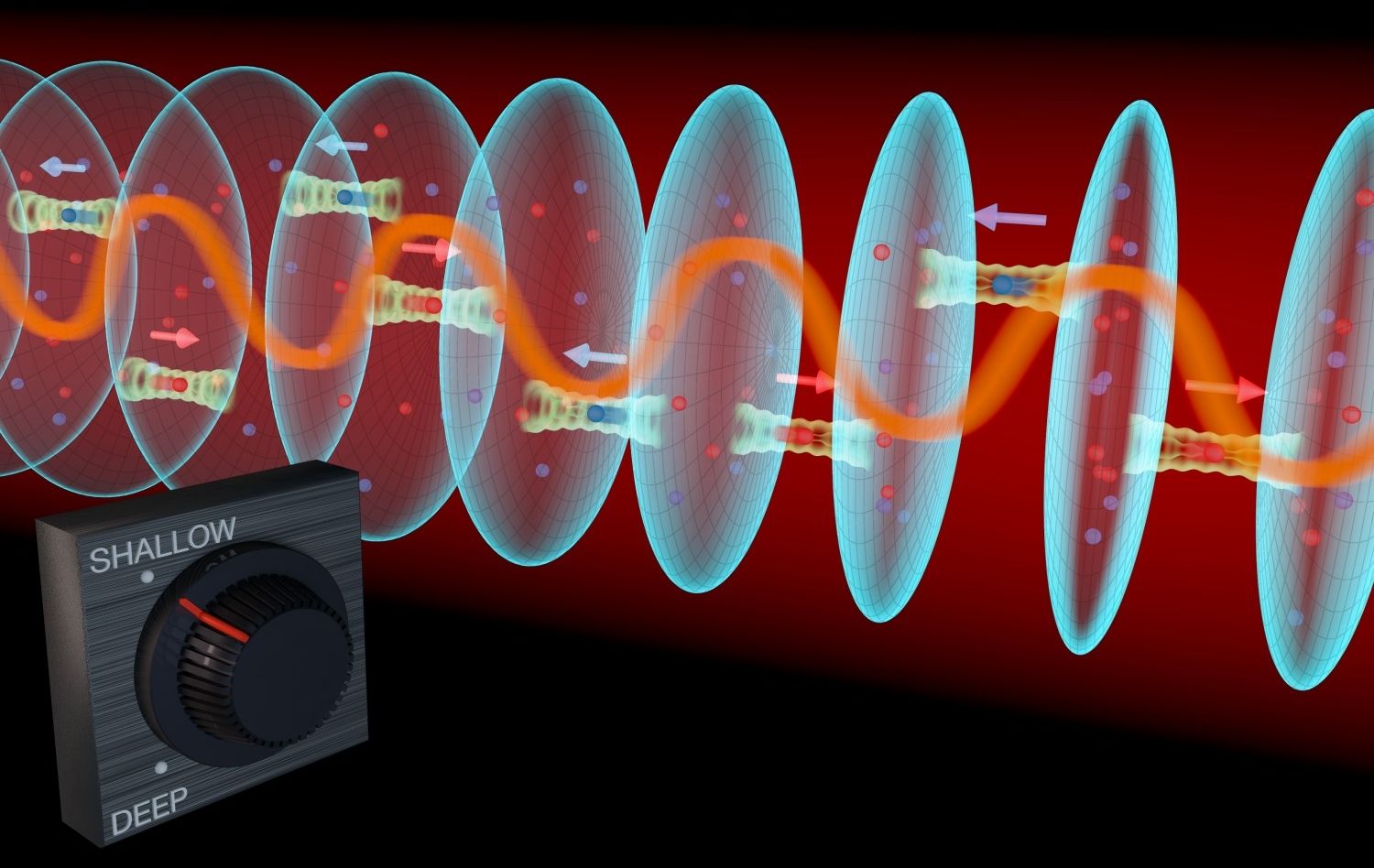Nice.
Using their advanced atomic clock to mimic other desirable quantum systems, JILA physicists have caused atoms in a gas to behave as if they possess unusual magnetic properties long sought in harder-to-study solid materials. Representing a novel “off-label” use for atomic clocks, the research could lead to the creation of new materials for applications such as “spintronic” devices and quantum computers.
JILA’s record-setting atomic clock, in which strontium atoms are trapped in a laser grid known as an optical lattice, turns out to be an excellent model for the magnetic behavior of crystalline solids at the atomic scale. Such models are valuable for studying the counterintuitive rules of quantum mechanics.
To create “synthetic” magnetic fields, the JILA team locked together two properties of the clock atoms to create a quantum phenomenon known as spin-orbit coupling. The long lifetime and precision control of the clock atoms enabled researchers to overcome a common problem in other gas-based spin-orbit coupling experiments, namely heating and loss of atoms due to spontaneous changes in atomic states, which interferes with the effects researchers are trying to achieve.
